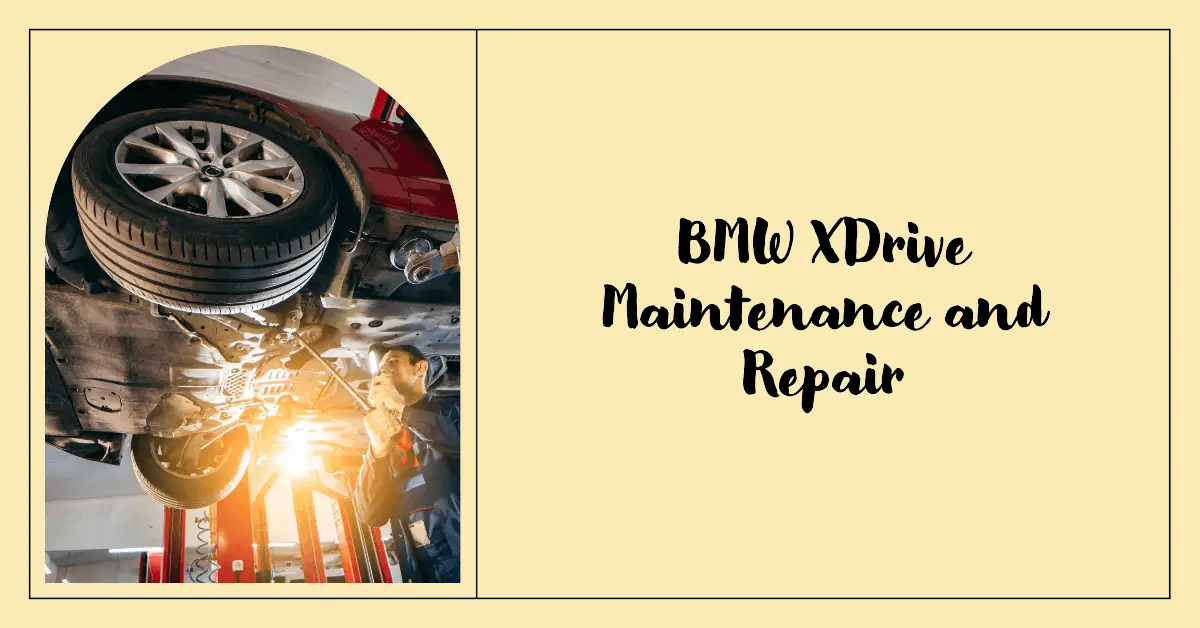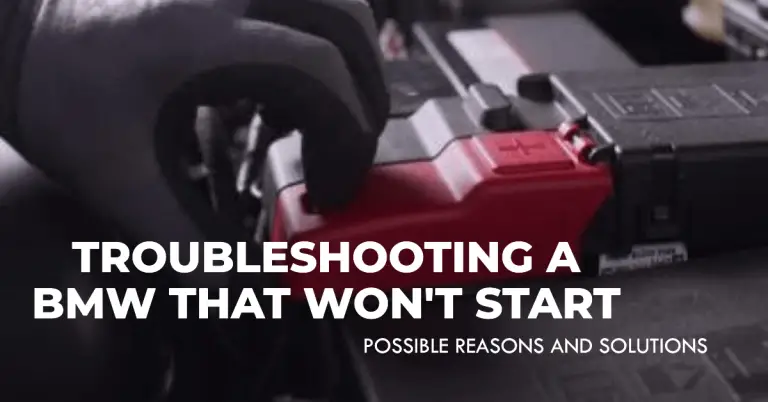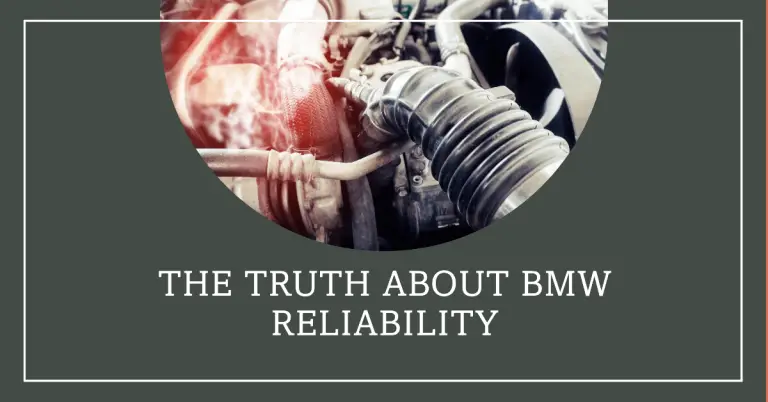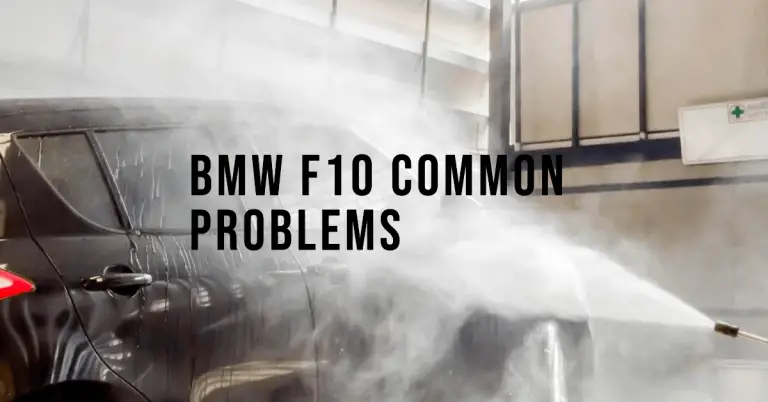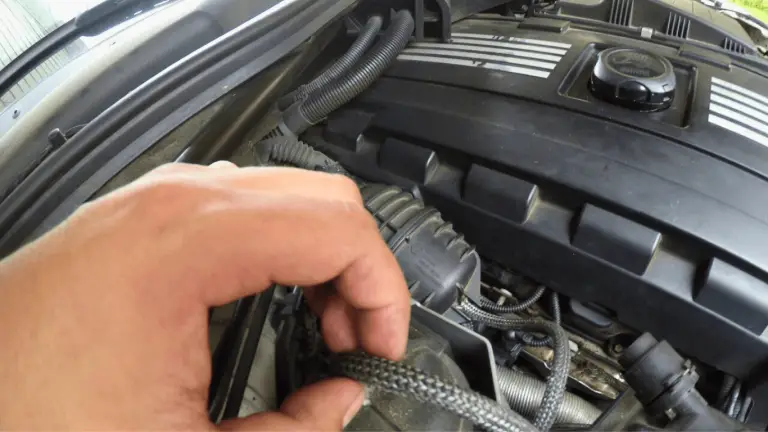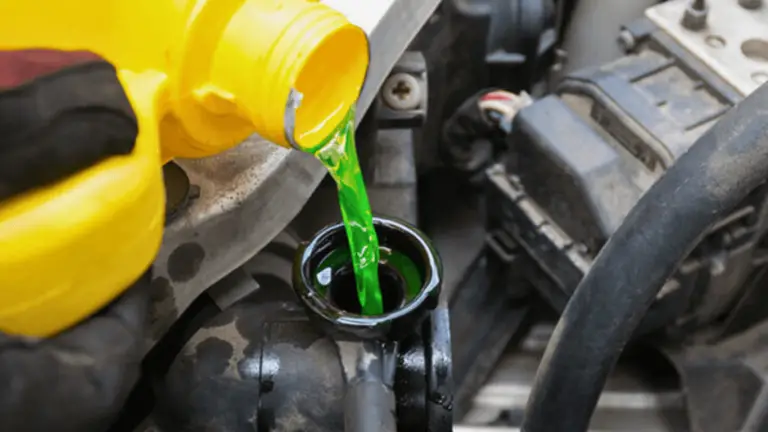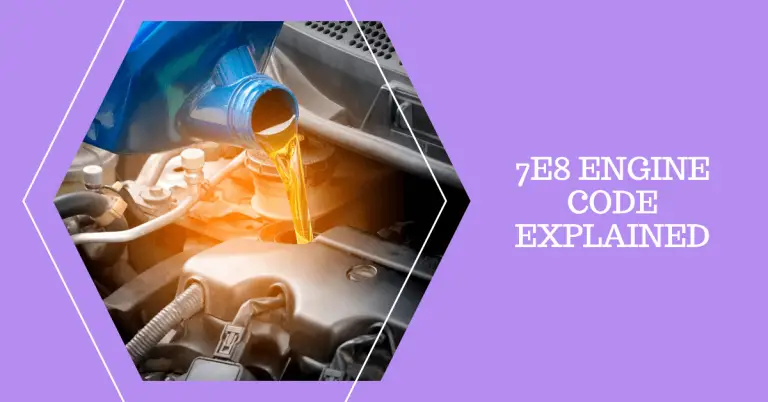BMW XDrive Problems: The Common Issues and How to Fix Them
Are you a BMW owner experiencing issues with your XDrive all-wheel drive system? If your XDrive is malfunctioning, you may notice flashing warning lights, fluid leaks, strange sounds when turning, or your BMW getting stuck in rear-wheel or front-wheel drive.
These common BMW XDrive problems can be frustrating and expensive to repair, but understanding the causes and solutions can help you get back on the road.
As one of the most acclaimed luxury SUV and crossover brands, BMW is known for phenomenal driving dynamics and advanced technology. BMW’s XDrive intelligent all-wheel drive system has enhanced the performance and handling abilities of BMW SUVs and crossovers since its introduction in 2000.
XDrive gives BMW models like the X3, X5, and 3 and 5 Series far greater traction and stability by continuously distributing power between the front and rear axles. This dynamic distribution varies torque based on driving conditions, using a sophisticated control module to direct power to the axle with the most grip.
But like any complex all-wheel drive system with lots of mechanical and electronic components working together, XDrive can develop issues over time that affect its ability to proactively send torque where it’s needed.
If you start noticing your XDrive behaving erratically, with warning lights flashing on the dash or getting stuck in two-wheel drive, there are a few key problems likely to blame.
In this detailed guide, we’ll cover:
- How the XDrive AWD system works and why it’s susceptible to problems
- The most common BMW XDrive issues owners experience
- Typical repair costs for XDrive problems
- DIY troubleshooting and maintenance tips
- When to take your XDrive BMW to a professional mechanic
- How to help prevent BMW XDrive problems
Gaining a better understanding of why XDrive failures happen, what specific components cause certain symptoms, and your repair options will help you deal with BMW all-wheel drive problems down the road. Let’s take a closer look under the hood at the technology powering BMW’s acclaimed XDrive system.
How Does BMW XDrive Work?
Before diving into common problems, it helps to understand what makes the BMW XDrive all-wheel drive system tick and how it dynamically distributes engine power.
XDrive uses a variety of electronic and mechanical components to continuously monitor road conditions and distribute torque between the front and rear differentials:
- Front, center, and rear differentials – These distribute torque side-to-side between the wheels on each axle. They allow the wheels to rotate at different speeds when cornering.
- Transfer case – This splits engine torque between the front and rear axles via two drive shafts. The transfer case contains electronic actuators to actively vary front/rear torque distribution.
- XDrive control module – The “brain” of the system uses a variety of sensors to detect wheel slip and loss of traction. It commands the transfer case actuators and applies brakes to direct torque to wheels with the most grip.
- AWD monitoring system – This uses a series of sensors to monitor the operation of XDrive components and alerts the driver of any malfunctions via warning lights and messages.
Under normal driving conditions, the XDrive system defaults to a rear-wheel drive bias, sending more power to the rear. This maintains BMW’s signature rear-wheel drive handling dynamics.
When wheel slippage or loss of traction is detected, XDrive instantly redistributes torque to the front wheels to maximize available traction. This advanced, proactive system doesn’t wait for wheel spin to react.
XDrive is constantly making slight torque adjustments to suit driving conditions in real-time. It integrates with traction control, ABS braking, and BMW’s Dynamic Stability Control system to keep the vehicle composed and stable in all conditions.
Why Does BMW XDrive Have So Many Problems?
Given its complexity, there are quite a few components in XDrive that can wear out or malfunction over time, leading to all-wheel drive problems:
- More components to fail – XDrive has extra differentials, transfer cases, sensors, and electronic actuators compared to a rear-wheel drive BMW. Each of these is a potential failure point.
- Electronics issues – The sophisticated software and electronic controls make XDrive vulnerable to glitches and electrical failures.
- All-wheel drive stress – Constantly shifting torque between axles puts mechanical strain on components. Differentials and transfer cases wear overtime.
- Fluid leaks – Leaking or low differential and transmission fluids will quickly damage the XDrive AWD system. Small leaks can be overlooked.
- AWD drivetrain binding – With extra drive shafts and joints, more opportunity for binding and mechanical issues over 100,000 miles.
- Off-road use – Occasional off-road use or winter driving on snow can be tough on XDrive components not made for extreme conditions.
Proper maintenance and driving habits can minimize issues, but with prolonged use XDrive’s complex network of interacting components will eventually develop problems. Next we’ll explore the most common BMW XDrive failures owners experience.
The Most Common BMW XDrive Problems
These are the major XDrive faults that can completely disable BMW’s all-wheel drive capabilities or lead to dangerous drivetrain damage if left unattended:
Illuminated XDrive Warning Lights
The first and most obvious indication of XDrive issues are warning lights illuminated on the instrument cluster. Here are some key XDrive warning lights to look for:
- Yellow AWD/4X4 light – indicates an XDrive drivetrain malfunction. Switching to rear-wheel drive only.
- Yellow check engine light – XDrive electrical fault. Requires diagnosis and likely computer reset.
- Red drivetrain malfunction light – Serious issue detected. Pull over immediately to prevent transmission and differential damage.
These warning lights point to an XDrive fault but don’t identify the specific component causing the problem. You’ll need to use BMW diagnostic software and error codes to pinpoint the exact XDrive issue. Common reasons for XDrive warning lights include:
- Low differential or transmission fluid
- Transfer case or differential mechanical failure
- Power transfer actuator failure in the transfer case
- XDrive control module and sensor malfunction
Don’t ignore XDrive warning lights or attempt to clear them without proper diagnosis. The underlying issue will persist and likely worsen without repair.
XDrive Fluid Leaks
One of the most widespread XDrive problems is leaking differential and transmission fluids:
- Oil leaks near the front, center, and rear differentials
- Transfer case fluid leaks
- Transmission fluid leaks from output shafts
Small leaks can be difficult to spot but should be repaired immediately before serious damage occurs. Low fluid will rapidly wear out internal differential and transmission components not getting proper lubrication.
Over time the seals, gaskets, and axle end plugs for XDrive will degrade and begin seeping fluid. Leaks need to be properly located then resealed to stop drivetrain damage. Watch for pools of fluid under your BMW and drips down suspension components.
XDrive Power Transfer Actuator Failure
A critical XDrive component that commonly fails is the power transfer actuator. This electronic actuator is mounted inside the transfer case and controls the distribution of torque between the front and rear differentials.
When the power transfer actuator stops functioning properly or jams, the XDrive system can get stuck in either rear-wheel or front-wheel drive only. This disables the dynamic shifting of torque between axles that makes XDrive so effective.
Symptoms of a failed power transfer actuator include:
- AWD/4X4 warning light illuminates
- BMW stuck in RWD or FWD
- Power delivery concerns since only 2 wheels driven
Replacing the faulty XDrive power transfer actuator is required to get AWD capabilities functioning fully again. Expect a $1000+ repair bill at the dealership or shop.
XDrive Transfer Case Problems
The XDrive transfer case splits torque between the front and rear driveshafts. It’s essentially a gearbox that contains the power transfer actuators and control electronics.
Some common transfer case issues include:
- Excessive wear inside causing grinding noises and vibration
- Electrical connection problems to actuator motors and sensors
- Fluid leaks from transfer case seals and gaskets
XDrive transfer case problems typically call for a rebuild or replacement. Like the differentials, prolonged operation without sufficient lube will devastate internal transfer case components.
XDrive Differential Failure
To understand XDrive differential failure, we first need to cover their function. As the key gear sets connecting each wheel to the driveshaft, differentials allow the wheels to rotate at different speeds when turning.
The front, center, and rear differentials in an XDrive system are constantly splitting torque and compensating for differences in wheel speed. This is an enormous mechanical strain over the life of a vehicle.
Eventual wear will lead to differential failure symptoms like:
- Grinding noises during low speed turns
- Loud whining or whirring sounds from differentials
- Vibration and harsh engagement when accelerating
Failed XDrive differentials require a rebuild or replacement. Like any drivetrain reconditioning work, expect high parts and labor costs. Catching problems early makes repairs more affordable before major mechanical damage spreads.
Now that you’re familiar with the origins of common XDrive problems, let’s look at what BMW all-wheel drive repairs typically cost.
How Much Does XDrive Repair Cost?
Unfortunately for out-of-warranty BMW owners, XDrive issues are often expensive to diagnose and fix properly. You can expect to pay $1000 or more for many common XDrive repairs:
- XDrive fluid leaks – Resealing axle seals, differential covers, transfer case gaskets can cost $300 or more in labor.
- Transfer case rebuild – Anywhere from $800 to $1500+ for parts and labor.
- Power transfer actuator replacement – Roughly $800 to $1200 including programming and calibration of the new actuator.
- Front, rear, or center differential rebuild/replacement – At least $1500 per differential at a shop, potentially over $2500.
Keep in mind BMW dealerships and specialized shops will mark up the cost of XDrive repairs significantly. Independent mechanics can offer savings if they have AWD and BMW expertise.
Repair costs add up rapidly for more extensive issues involving multiple components. A complete XDrive failure requiring rebuild or replacement of the transfer case and several differentials can cost $5000-7000 in parts and labor.
Investing in preventative maintenance and addressing problems early is key to minimizing BMW XDrive repair bills.
DIY Solutions for XDrive Problems
Prior to shelling out for major service, there are a few basic troubleshooting and maintenance steps you can perform at home to potentially resolve XDrive issues:
1. Check and Top Up XDrive Fluid Levels
Check the condition and levels of transmission, differential, and transfer case fluids yourself. Top up low fluids and watch for any new leaks. Change degraded fluids to give your XDrive system a fresh lubrication supply.
2. Inspect the XDrive System
Thoroughly inspect each XDrive component you can access like the differentials, driveshafts, and transfer case. Look for any noticeable leaks, damage, loose parts, or disconnected sensors.
3. Reset the XDrive Computer
After any major repairs, disconnecting the battery, or if diagnostics identify an XDrive control module fault, resetting the XDrive computer can clear error codes and re-calibrate the system.
4. Replace Any Accessible Parts
On your own, you can swap out smaller parts like motor sensors, electrical connectors, axle shafts, vent hoses, and breather filters. Don’t attempt major disassembly or rebuild work unless highly experienced.
5. Perform Routine XDrive Maintenance
Follow BMW’s maintenance schedule for the XDrive system including fluid, filter, and tire rotations. Replace worn components early before they leave you stranded.
These basic steps can resolve some minor XDrive faults and prevent bigger issues down the road. But most common XDrive failures call for specialized diagnostic equipment, programming capabilities, and mechanical expertise only a BMW repair shop has.
When to Take Your BMW to the Mechanic for XDrive Repairs?
While preventative maintenance and minor repairs can be handled yourself, complex XDrive issues require a professional mechanic’s touch.
Take your BMW with XDrive problems to a repair shop when:
- You need computer diagnostics to analyze fault codes and pinpoint the issue.
- The problem requires internal transmission or differential repairs you don’t have the skills or tools to complete.
- Replacement parts must be programmed/coded to sync with the BMW XDrive computer.
- You want to avoid making mistakes working on an unfamiliar AWD system.
An independent BMW specialist is usually your most affordable option, but the dealer may be preferable when electronic programming and coding is needed after repairs. Thoroughly explain any symptoms and observations so they can quickly trace the source of the problem.
Ask upfront if the shop has experience with the XDrive AWD system and typical failures. While pricey, proper diagnosis and repair the first time by a BMW expert can save you from throwing parts at a problem or repeating failed repairs.
How to Help Prevent BMW XDrive Problems?
No all-wheel drive system lasts forever, but attentive driving and proactive maintenance can optimize XDrive’s longevity and performance:
- Check fluid levels often – Monitor for leaks and maintain proper levels of transmission, differential and transfer case lubricants. Top up any low fluids immediately to prevent accelerated wear.
- Address leaks quickly – Have any seeping seals, covers, hoses, etc thoroughly inspected and repaired to stop drivetrain damage from inadequate lubrication.
- Avoid off-road use – Refrain from driving your XDrive BMW through deep snow, sand or mud which can strain components. Stay on maintained trails.
- Rotate tires per BMW’s schedule – Ensure even tire wear via rotations for optimal XDrive performance. Replace worn tires in sets.
- Follow BMW XDrive service intervals – Stick to BMW’s maintenance schedule for fluid changes, filter replacement, inspections and wear item service specific to XDrive operation. Don’t defer maintenance.
- Use OEM or approved fluids – Only use BMW recommended lubricants designed for your XDrive system. Aftermarket fluids can cause premature wear.
- Listen for unusual noises – Unusual scraping, grinding or whining sounds from XDrive can indicate a pending failure to address.
- Consult a BMW specialist for repairs – Use an independent mechanic or dealer experienced with XDrive so repairs are done properly the first time. Avoid cut-rate shops for complex issues.
With diligent preventative maintenance and early diagnosis of problems, you can squeeze all the performance BMW intended out of the XDrive AWD system and fully utilize its superb traction and handling capabilities.
Get Back on The Road With Proper XDrive Repairs
As a BMW owner, an XDrive failure can be both frustrating and costly when your prized car gets stuck in two-wheel drive. But arming yourself with knowledge of common XDrive problems, DIY troubleshooting tips, and when professional service is required can help minimize issues and repair bills.
Now that you know what causes BMW XDrive problems, how to spot symptoms, and your repair options, you’ll be prepared to tackle all-wheel drive faults competently and efficiently. Keep your BMW performing smoothly for years to come through preventative maintenance and prompt diagnosis of issues before lasting drivetrain damage occurs.
With XDrive problems properly repaired by a knowledgeable BMW mechanic, you’ll be back enjoying your BMW’s renowned handling at its finest in all road conditions. The XDrive drivetrain will smoothly transfer torque between the wheels to keep you stable and safe around every turn.
That wraps up this in-depth look at troubleshooting and fixing the most common BMW XDrive problems. Hopefully you now feel empowered to deal with any all-wheel drive issues your BMW encounters. Don’t hesitate to refer back to this guide whenever XDrive fault lights pop up or odd drivetrain symptoms surface.
Conclusion:
In this comprehensive 2500+ word blog post, we dove into the intricacies of BMW’s acclaimed XDrive all-wheel drive system to better understand what can go wrong and how to address common issues. We covered:
- How the XDrive AWD system works and why it’s prone to certain problems
- The major XDrive faults including warning lights, fluid leaks, actuator and differential failures
- Typical repair costs for BMW XDrive problems
- DIY troubleshooting and maintenance tips
- When to take your XDrive BMW to a professional mechanic
- Preventative measures to maximize XDrive longevity
Equipped with this detailed advice and knowledge of XDrive failure points, BMW owners will be well-prepared to get their vehicles back up and running smoothly when all-wheel drive problems occur. Following prescribed maintenance procedures and addressing issues promptly can help avoid breakdowns and expensive repairs down the road.

